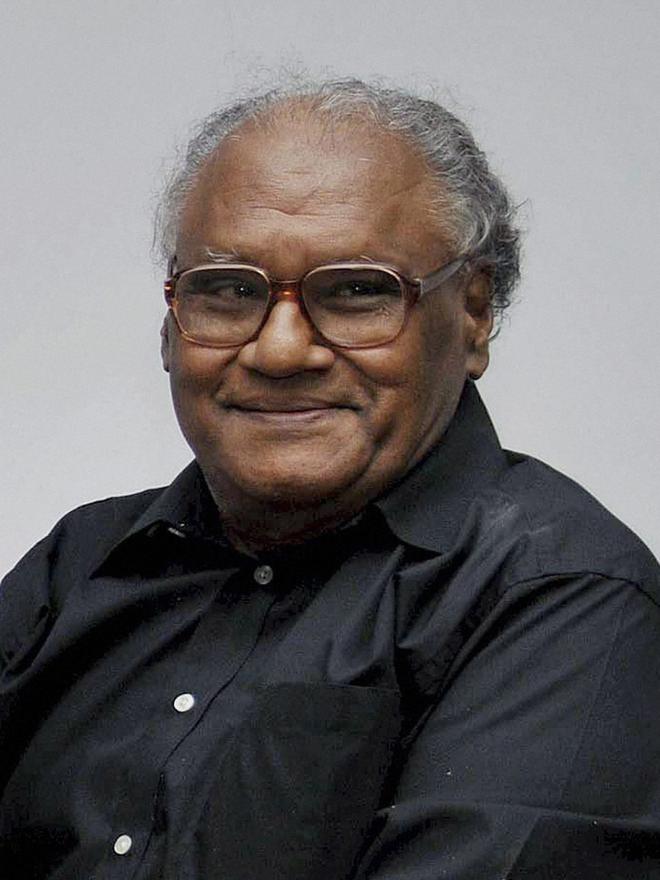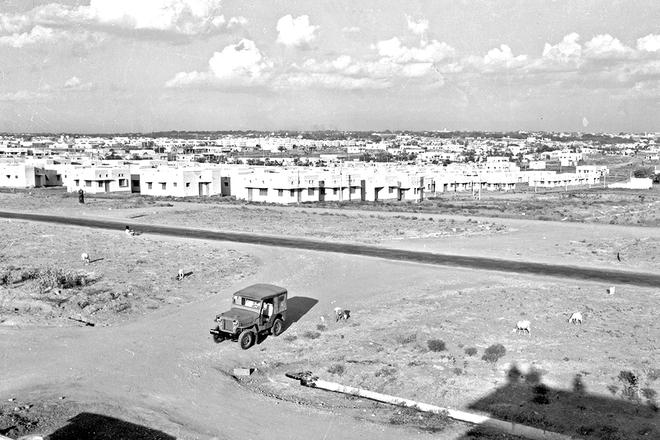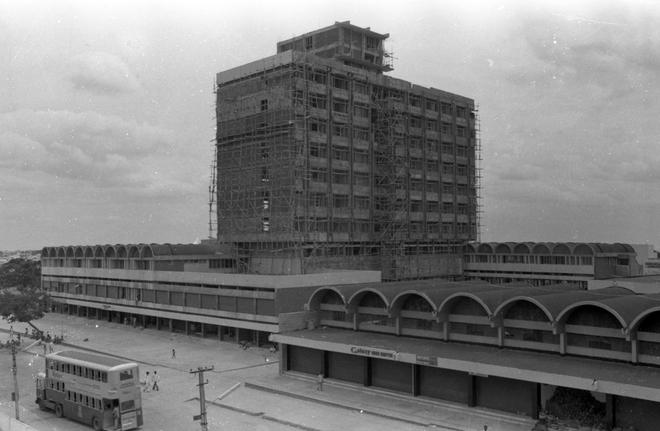Bengaluru (then Bangalore), when I was young, was a simple, quiet place full of trees and little traffic. Most people walked, and a fortunate few had bicycles.
I always enjoyed walking along the Krishnarajendra Road with huge trees. Going from the south of Bangalore (Basavangudi) to the City Market was, therefore, always a pleasure. There were some buses running in Bengaluru, but most people that I knew did not use them.

No fans back then
The city also had wonderful weather. I had not seen a fan at that time. The number of institutions in the city was very small compared to today’s scale. There was only one college where one could get a science degree at the University of Mysore. We had a small number of private schools and four government high schools in the city. In such a Bengaluru, I was born nearly 84 years ago.
Teaching in high schools was quite good at that time. My interest in science actually got kindled when I was studying at Acharya Patashala, Bangalore. I did not take part in sports seriously. I participated in debates, writing competitions and some literary activities.

Too far, too far
The city has changed enormously in the last 25 years or so. I am afraid that it has changed without our being conscious of how fast and how far it has gone. I am amazed by the changes in the shape and size of Bengaluru.
There must have been a planning committee and a master plan, but I do not know whether sufficient attention was paid to the way the city was growing. I get frightened even while going in a car when I see huge 40-storeyed towers just next to the road. I learn that a majority of the flats in the towers are vacant. Bengaluru is probably one of the good examples to demonstrate the ill effects of unplanned urbanization.
Writers everywhere
Sometimes, I get a feeling that the intellectual and romantic atmosphere of Bengaluru of the early days has disappeared. When I was young, I often used to see D.V. Gundappa, Masti Venkatesha Iyengar, Gopalakrishna Adiga and other scholars. T.P. Kailasam was somebody whom I used to see every few days walking with a cigarette tin in his hands. I do not think that it is possible to see poets and artists walking on the streets of this big city any more.
I recall how in the early days, I frequently used to attend lectures by distinguished people. The lectures would be in Central College Union, the Institute of World Culture or the Gokhale Institute of Public Affairs.
It is possible that because of the vast population with wide interests in a very large city, it is difficult to preserve and promote the old culture. I used to enjoy going to music concerts and theatrical performances. I did this even a few years ago, but today it is extremely difficult to reach the place where the performance occurs, specially for old people like me. Recently, my wife wanted to go to her cousin’s house to greet her on her birthday. It took more than two hours to reach the place, which is hardly 10 or 12 kilometres from where we live. She just had time to say hello and good bye.

From garden to garbage city
Bengaluru has become notorious in the last few years as a garbage city instead of a garden city. I am not so worried about the garbage. It can be removed. We can even clean the lakes, but we can never shrink Bangalore city or eliminate the concrete jungle. It is high time that the State government and society as a whole recognize the danger signals and determine how the city should develop.
Shopping facilities
It is unfortunate that as Bengaluru grew, the necessary infrastructure, specially transportation, has not kept pace. The only thing that has happened is that every area in Bengaluru has its own shopping facilities, and one can buy a pin or a refrigerator in one’s neighbourhood. This only shows the amazing success of our business people.
The city has ever so many schools and colleges. I do not know the exact numbers. I heard that there are more than 1,000 undergraduate colleges and nearly 60 engineering colleges, but I am afraid that very few of them are of high quality, and some of them are expensive. How come we do not have one undergraduate college comparable to the best in the world? How about an engineering college like MIT?
There are thousands of professionals in the city today earning good salaries. They should be concerned about making Bengaluru a cultural centre and a humane society. Unfortunately, I get the feeling that a large majority of young professionals get attracted more by money. Scholarship and science may not be on their list of priorities. No wonder that in the last several years, the research students from Karnataka who have joined my laboratory all come from a rural background.
I have had occasional dreams when I see my ghost visiting Bengaluru 20 or 30 years from now in search of Lal Bagh and the Indian Institute of Science. In my dream, having learnt that the metro runs through the IISc campus, I decided to go to Lal Bagh. I could not see Lal Bagh. An old attender standing there explains how the gardens frequented by nature-loving citizens do not exist anymore and how powerful people came in their helicopters to take over the gardens to build multi-storeyed towers in the centre (named Garden View). Then I asked about Bugle Rock where I played when I was young. The old man bent his head down and said that all the rocks were lost to quarrying. There may be one or two small ones left. I start walking away in sadness, only to see crowded streets with people talking to themselves with their hands waving wildly ... I wake up with a start and tell myself, “This can’t be true!”
City still has its plusses
Bengaluru still has nice weather. I cannot complain about this, but I would like to see a more friendly and humane city. Whatever I have expressed earlier may seem like a criticism of Bengaluru, but I do not mean it to be so. I do admire Bengaluru. It is the science capital of India. It is the IT and biotechnology capital of India. It is also the space capital of India. Bengaluru contributes more to the country than it receives. Wherever I go, I am always happy to be back in Bengaluru.
(C.N.R. Rao is a Bengaluru-based scientist who has made immense contributions to the world of science and technology. In 2014, he was conferred the Bharat Ratna award for his research in structural chemistry and solid state of materials.)







